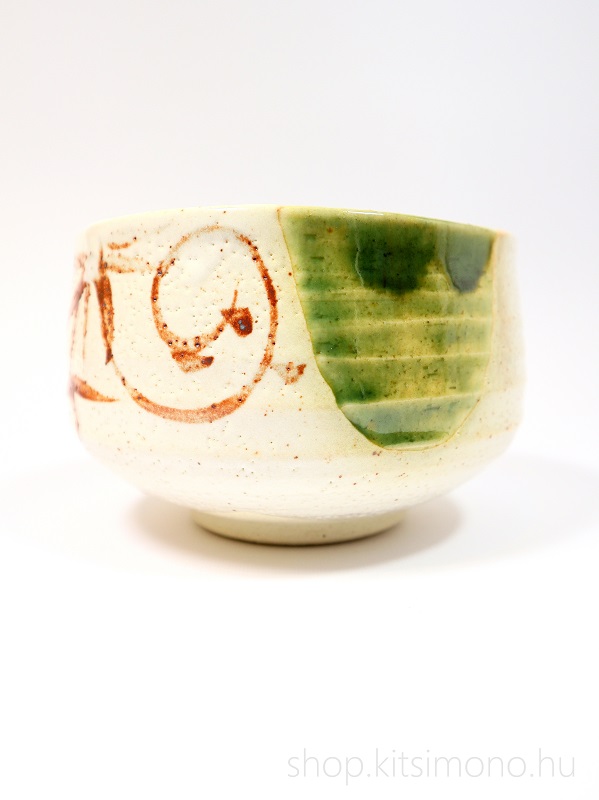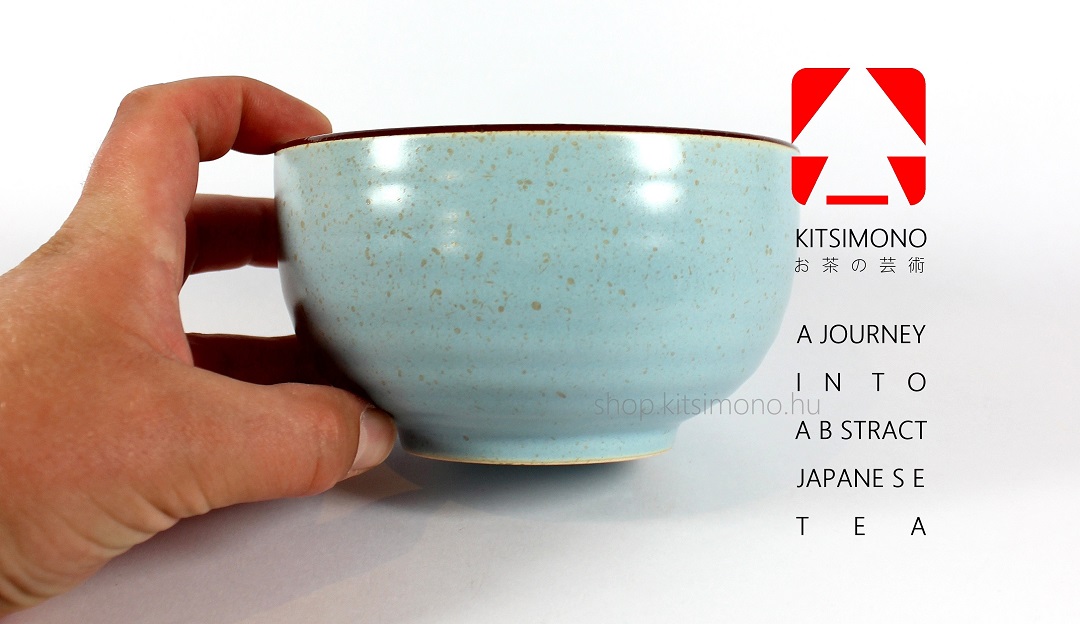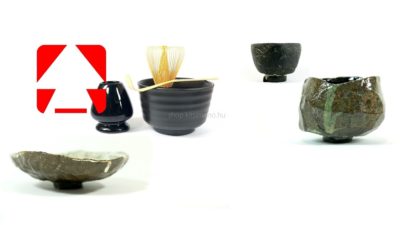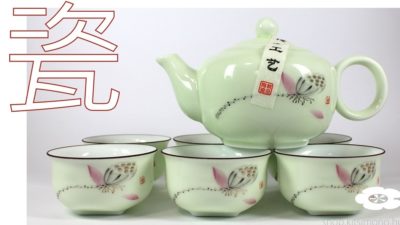Journey to abstract Japanese tea – Nami, Yuto, Pinku! We hope not too abstract is the concept of abstract Japanese tea drinking and you don’t feel like you’re reading this that something bad is coming up. It’s more of a good thing. Although it will be an abstraction in every sense to talk about these three types of pottery that we present in this post but everyone can sit back not that particular inexplicable art-like concept is explained – just a little play with words and tea.

The story starts from the fact that we have brought three new products to the webshop, which clearly favors lovers of Japanese teas and matcha and Japanese tea ceremonies. What’s in this abstract? Nothing in this yet, but even the cultural projections of shapes and color worlds shout for someone to explain why one can get fine pottery of the same quality with the passion of matcha so that one comes from China and the other from Japan and there is a man on his feet who says which – which. Anyone with a pink matcha pot will make sure that the image of Japanese culture that he cherishes can be greatly expanded. Because “Pinku” is a thing that is not only traditionally Japanese pottery, but has a lot to do in Japanese tea ceremonies, and we are not talking about self-serving deviance. What is most abstract about these ceramics is that the image of Japanese ceramics so far may be overturned and inverted (especially with regard to the “Nami” decorated inside) but this only destroys the typical commonplace image in us because the world of Japanese ceramics much larger than this and whether it is modern or traditional and / or traditional works, over time, the peculiar world of Japanese porcelain and ceramics proliferates into a growing infinite world like a fractal system. I think that’s what it’s said to be living (folk) art.

But let’s cut into it and look at the three new pottery! Let’s start with Nami. It is precisely with him because in his case we have found motifs that easily throw us through the conventions and take us into the world of real art enjoyment over ceramics.
Nami – Japanese matcha ceramics with beautiful interior design:
As an essential element of Japanese tea ceremonies, a pottery must also bear the hallmarks of passion, with which it fits organically into the attributes of tradition and cultural pottery. But what if the usual outward-focusing ceramic design looks backwards inwardly? The work of the pottery workshop gets inside the pot. Only without matcha can we enjoy it completely and as if it were a symbolic reference to the way glaze is yin yang. It’s like a message from the pottery workshop; Listen in now, not out. We do not know whether the assumption is supposed or real, but who hurts to meditate like this?
Yuto – Japanese matcha maker ceramic pot made in China:
A ceramic pot to make a matcha (Japanese powdered green tea) that meets the needs of Japanese tea ceremonies. Nowadays, it is not uncommon for tea ceramics of the same quality or specifically made to order in Japan to be made in China to meet the needs of Japanese culture. Anyone who has been drinking tea for a long time may not be surprised at all and perhaps his collection no longer includes a Chinese tea supplement. Yuto ceramics occupy a prominent place in this world and this design work also seeks to strengthen the graces of Japanese tea lovers by strengthening this world. The effects of the dominant burst light blue glaze are the so-called Bear the marks of “grünspan” – thus presenting the XXI. century ceramic trends glaze perceptions. The disked vessel represents a traditional system of size and proportions. It holds its place in the world of both traditional and modern matcha making.
Pinku – Japanese matcha pot – tea pottery for Japanese tea ceremony:
The term pinku has created a staggering subculture around itself in Japanese matcha and powdered green tea culture (especially among young people). What is particularly interesting is that in addition to young people who are not deterred from making matcha tea either pink or pink, older and more disciplined tea makers and matcha fan generations have found their calculation and taste in this slightly underground-like genre based primarily on color. We don’t think for a minute that there is no or no traditional cultural antecedent to the thing. Pink – and of course we think primarily of the fainter shades – has always been or could have been present at tea ceremonies. Anyone familiar with the world of traditional Japanese ceramics may know that under certain conditions (sometimes in flame imprints, sometimes in effects) ash glazes can appear on the surface of the ceramics themselves and partly due to the “pinku” (ピ ン ク) occupying a prominent place in the glazing of electrically fired ceramics. ). The beautiful design is in a black cardboard box that can be stored clean and dust-free.
Looking for something more exciting? More craft?
Check this out!

“Matcha, sometimes referred to as” green gold “by” insider “teamakers, is the most unique, so that, among other health-promoting properties, it can be used as an enjoyment item for our recreation. powdered green tea products that reach for chawan pottery because of Asia’s “other” aura. The camp of matcha lovers has become much wider and much more diverse today. The love of tea is perhaps not so much about Camellia paradigms, but rather about the enjoyment of art and the so-called about me time… “










Leave A Comment